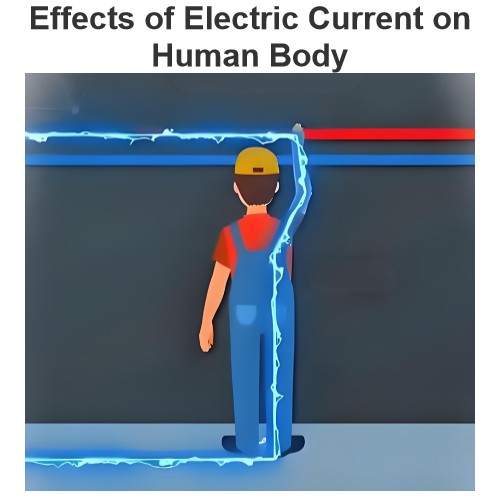How can you ensure electrical work is done safely and efficiently?
Ensuring that electrical work is completed safely and efficiently is crucial, as it not only relates to the life safety of workers but also to the proper operation of equipment and the smooth progress of work. Here are some key measures and steps that can help ensure the safety and efficiency of electrical work:
1. Develop Detailed Plans and Procedures
Work Plan: Before starting any electrical work, develop a detailed plan that includes the scope of work, required tools and materials, work processes, and schedules.
Safety Procedures: Ensure that all staff are familiar with and adhere to relevant safety procedures and standards, such as those from the International Electrotechnical Commission (IEC) and the National Electrical Code (NEC).
2. Conduct Risk Assessments
Identify Risks: Perform a comprehensive risk assessment of the worksite to identify potential hazards, such as high-voltage lines, flammable materials, and damp environments.
Develop Mitigation Measures: For identified risks, develop appropriate preventive and mitigation measures, such as using insulated tools, wearing personal protective equipment (PPE), and setting up warning signs.
3. Provide Adequate Training
Safety Training: Ensure that all electrical workers receive adequate safety training, covering topics such as electrical theory, safe operating procedures, and emergency response.
Skill Enhancement: Regularly conduct skills training and evaluations to ensure that workers' technical skills and safety awareness continue to improve.
4. Use Appropriate Tools and Equipment
Insulated Tools: Use tools and equipment that meet safety standards, such as insulated gloves, insulated shoes, and insulated rods.
Testing Instruments: Use calibrated testing instruments to ensure accurate measurements.
Personal Protective Equipment (PPE): Wear appropriate PPE, such as safety helmets, goggles, and protective clothing.
5. Implement Strict On-Site Management
Work Permit System: Implement a work permit system to ensure that all electrical work has clear authorization and approval.
On-Site Supervision: Assign experienced personnel to supervise the site and ensure that all tasks are performed according to safety procedures.
Regular Inspections: Conduct regular inspections of the worksite to ensure safety standards are maintained and to promptly address any identified hazards.
6. Ensure Effective Communication
Information Sharing: Ensure that all staff are informed about the work plan, safety measures, and emergency procedures.
Communication Channels: Establish effective communication channels to ensure that on-site personnel can report issues and request support in a timely manner.
7. Emergency Preparedness
Emergency Plan: Develop a detailed emergency response plan, including accident handling procedures, emergency contacts, and evacuation routes.
First Aid Training: All staff should receive first aid training and learn basic first aid skills, such as cardiopulmonary resuscitation (CPR).
8. Compliance with Laws and Regulations
Compliant Operations: Ensure that all electrical work complies with local laws, regulations, and industry standards.
Regular Reviews: Regularly review and update safety procedures to ensure they remain in line with the latest regulatory requirements.
9. Continuous Improvement
Feedback Mechanism: Establish an effective feedback mechanism to encourage staff to provide suggestions and comments for improvement.
Incident Investigation: Thoroughly investigate any incidents that occur to identify root causes and implement measures to prevent recurrence.
Summary
By developing detailed plans and procedures, conducting risk assessments, providing adequate training, using appropriate tools and equipment, implementing strict on-site management, ensuring effective communication, preparing for emergencies, complying with laws and regulations, and continuously improving, the safety and efficiency of electrical work can be effectively ensured. These measures not only protect the lives of workers but also improve work efficiency and reduce the risk of accidents.
The Electricity Encyclopedia is dedicated to accelerating the dissemination and application of electricity knowledge and adding impetus to the development and innovation of the electricity industry.













